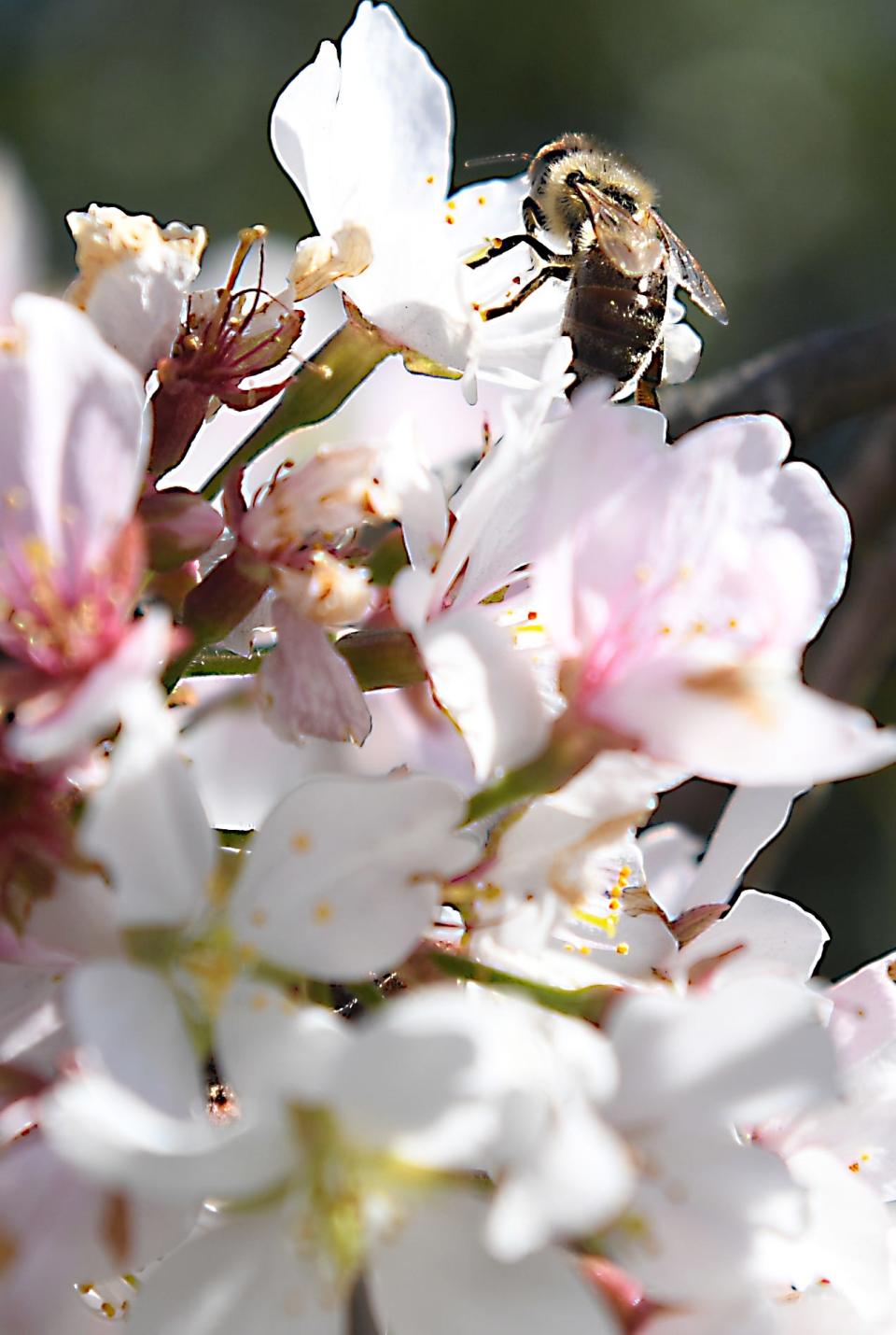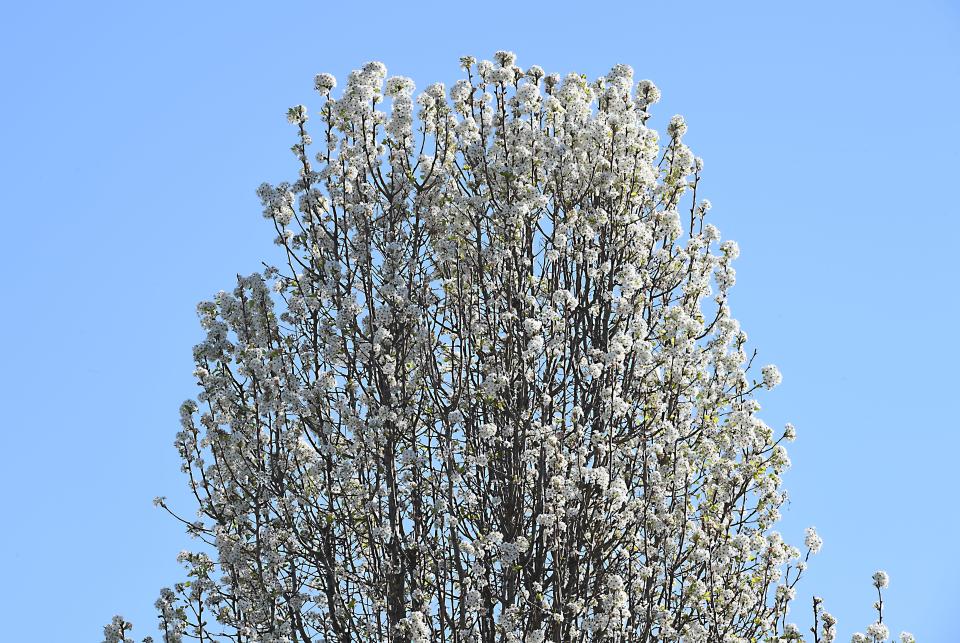Runny nose? Watery eyes? Throbbing headache? It must be allergy season in Greenville.
If you are a Greenville resident who frequently finds themselves reaching for that box of Kleenex during allergy season, you are not alone.
Every year, more than 100 million people in the United States struggle with allergies.
The Asthma and Allergy Foundation of America's (AAFA) yearly Allergy Capitals studied data from the 100 most populated U.S. metropolitan areas to determine which ones ranked among the Top 10 most challenging places to live for allergy sufferers.
The AAFA used factors such as tree, weed and grass pollen scores, over-the-counter-medicine use and availability of board-certified allergists/immunologists to rank Greenville at #3 on the list. The full report can be read at allergycapitals.com.
Top 10 most challenging places to live with seasonal allergies
∎ No. 1: Wichita, Kansas
∎ No. 2: Virginia Beach, Virginia
∎ No. 3: Greenville
∎ No. 4: Dallas
∎ No. 5: Oklahoma City, Oklahoma
∎ No. 6: Tulsa, Oklahoma
∎ No. 7: Richmond, Virginia
∎ No. 8: Des Moines, Iowa
∎ No. 9: Raleigh, North Carolina
∎ No. 10: Fayetteville, Arkansas
Why are allergies so prevalent in the Upstate?
According to Dr. Robin Go, president of the Allergy, Asthma and Immunology Society of South Carolina, severe allergies in the area are due to spring's early start, as well as a longer-lasting pollen season. He partly attributes this to climate change. He also mentions reports of tree pollens as early as a few days before Valentine's Day.

Fever is not an allergy symptom
Common seasonal allergy symptoms include:
∎ Itchy eyes or nose
∎ Sneezing
∎ Watery eyes, eye redness
∎ Stuffy nose
∎ Postnasal drip, which may lead to coughing
If you are experiencing what you believe are allergy symptoms but also come down with a fever, you are likely dealing with a viral infection.
"If you have a fever, that is a sign that this is not just allergies now," Go said. "It probably involves some kind of infection. It could be a viral infection still that can cause a fever, a cold, or even the flu. So that would be something that stands out."
Who is prone to seasonal allergies?
Narrowing down who is particularly prone to seasonal allergies, and what those allergies are, can be tricky. This is why Go suggests visiting a board-certified allergist to have allergies confirmed. However, in his practice, Go has noticed that patients with a history of eczema or a food allergy at a young age tend to develop asthma or respiratory allergies later in life. By age two or three, eczema may clear up in children, and food allergies may also be outgrown as the child develops.

Whether seasonal allergies are inherited or not remains a question.
"We see it both ways," Go said. "There's the whole family who are sneezing and have runny noses during the springtime. And then there are families where there's only one family member who has the problem. So we don't have any proof that it is inherited."
Beware the Bradford pear: Trees to avoid in the area
In the Upstate, Go listed common seasonal allergy triggers such as Hickory, pecan and oak trees. However, he believes the biggest seasonal allergy offenders are the ones you cannot see.
"What a lot of people associate, of course, is what they can see ― the yellow or the green pollen. Your cars are coated, and everything is yellow or green," he said. "But that actually is from pine. Pine tree pollen by itself is really not that allergenic, meaning it is not a very bad offender. And so the general rule is that if you can see the pollen, then it probably is not as bad or potent as it could be. Because if they are big, then your nose can filter them, right? You have your body's mechanisms to filter them. So it's like the old adage: be more wary of the things you cannot see. They are the worst enemies."
Another example of looks being deceiving is Bradford pear trees. Despite their beauty, the invasive tree species is one commonly complained about in the area. If the trees are flowering, they are not wind-pollinated. Wind pollination may irritate those with allergies. The smell of the Bradford pear trees can also lead to headaches and sneezing.
"You can have similar symptoms with these flowering trees, but the mechanism is different. It's not an allergy. So that's probably a misconception that would be nice to point out," Go said.

How to combat seasonal allergies
Over-the-counter, second-generation antihistamines like Allegra, Claritin, Xyzal and Zyrtec are still a recommended first response to seasonal allergies. Go said the listed medications last longer throughout the day without causing drowsiness and dryness. If the allergies are still not under control, Go recommends the use of steroid nose sprays like Flonase, Nasacort and Nasonex, which are available both over the counter and through prescription.
"The nose sprays are more potent, more effective than the oral allergy medicines, but of course, people reach out more for the oral medicines because they are easier and faster," Go said.
Aside from medication, there are other ways allergy sufferers can avoid flare-ups, such as staying indoors and using an air conditioner. Taking a shower in the early evening and changing into new clothes can also help. If you sleep beside a partner at night, they should also shower and change clothes so you do not end up inhaling any pollen from their bodies. Other methods of treatment include eye drops, saline nasal rinsing (Go advises doing this before using nasal sprays to avoid flushing out the medicine) or allergen immunotherapy.
"To really change your body ― your immune system's reaction ― is through allergen immunotherapy because the whole process involves tweaking your immune system to react or not react to things that make you allergic," Go said. "That is truly as close to a cure as we know."
Nina Tran covers trending topics. Reach her via email at ntran@gannett.com
This article originally appeared on Greenville News: Greenville on list of worst places for allergy sufferers. Here's help.

